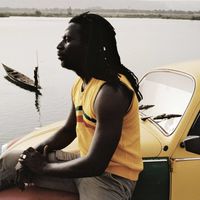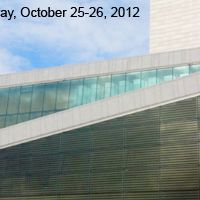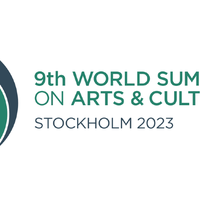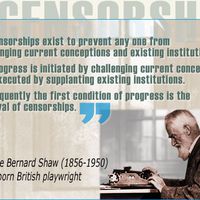Artists Who Flee, Powers That Be | Insights on Artistic Freedom from the 9th World Summit on arts and culture
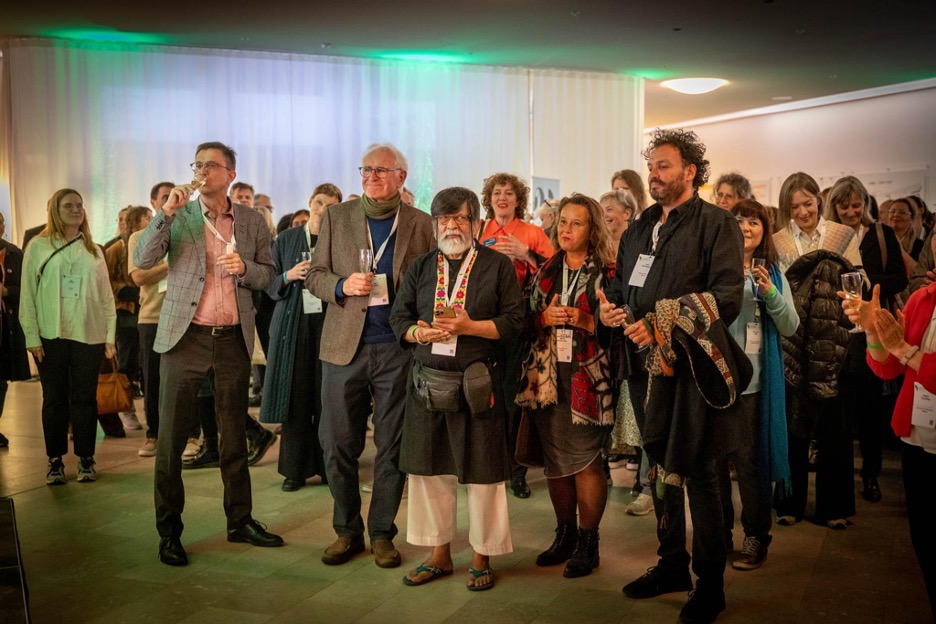
The 9th World Summit on Arts and Culture took place from 2-5 May 2023 in Stockholm, Sweden and focused on the theme of safeguarding artistic freedom. As part of culture360's ongoing Call for articles 2023, Arts and Creative Economy specialist, Malaya del Rosario outlines the key takeaways from the 9th World Summit on Arts and Culture and offers action points for cultural professionals, art managers and policymakers. What can we learn from this gathering and what is its impact on cultural work?
“To me censorship is about fear. Because they fear what we have and they fear what we say…the fact is they’re not out there censoring accountants. They’re censoring artists.”
This quote from writer and editor, Kathy Rowland, aptly describes the issues and contradictions aired at the World Summit on Arts and Culture in Stockholm. It brings to light a situation that some artists are lucky enough to be in but often have to contend with – to be in a unique position of having something to say, a special ability to express it, and a captive audience to listen to it. It is this intrinsic power and influence of artists that disapproving entities often fear and try to disable.
The 9th World Summit on Arts and Culture took place last 2-5 May 2023 in Stockholm, Sweden. Organised by the International Federation of Arts Councils and Culture Agencies (IFACCA) and the Swedish Arts Council, this edition focused on the theme of safeguarding artistic freedom. It brought together policy makers, researchers, and cultural professionals to explore artistic freedom as a pillar of cultural policy, and more widely, the role of culture as a driver for sustainable development.
As mentioned in the conference theme, safeguarding artistic expression contributes to the general well-being of society. Artists have the right for their work to be created, supported, distributed and remunerated without censorship but this is easier said than done. Content cuts, bans, restrictions to mobility, intimidations and in the worst case, killings, are just some of the ways that artistic freedom is repressed. When this freedom is threatened, the quality of our everyday life is equally put at risk.
What were the key messages from the summit, and how does this impact cultural work?
1. Artistic freedom is curtailed in different ways. This can be caused by deliberate or non-deliberate means as driven by geo-political, social, cultural and environmental issues. It was heartbreaking to hear from presenter, Dr. Ahmad Naser Sarmast, on how the Taliban prohibited any form of music at the Afghanistan National Institute of Music, based on their belief that music corrupted the young. The security risk was so great that Dr. Sarmast and the entire school had to flee the country when the Taliban finally took over the country in 2021. In the case of the Russian invasion of Ukraine, the situation is slightly different where there was almost a complete stop to artistic production in 2022 due to lack of safe spaces, materials and artists escaping the war.
As part of the conference programme, the Astrid Lindgren Memorial Award for children’s literature was presented to 2023 winner, Laurie Halse Andersen. One of Andersen’s books, Speak, about teenage rape, is one of the most banned books in the US. In fact, there are around 2,500 banned books in the country, according to PEN International.
2. Artists are the defenders, but also the victims. Making art is a powerful medium for activism and advocacy. Yet it is precarious work that can provoke people in unexpected ways, often putting artists in unsafe and vulnerable positions. LASTESIS is a collective from Chile who in 2019 called out the unfair treatment of women. ‘A Rapist in Your Path’ was a street intervention that sparked a global movement and has since been performed in 200 cities across the world. Meanwhile, strategy consultant, Svetlana Mintcheva, shared that artists from countries like China are using non-fungible tokens (NFTs) to protest against government-sanctioned human rights violations. NFTs, which use blockchain technology, makes it virtually impossible for artworks to be censored or discredited by state powers. The summit revealed the extent to which artists are put at risk and exposed to security issues. The UNESCO publication, ‘Defending Creative Voices’ found that in 2021 alone, there were 1,200 documented violations against artistic freedom globally, 39 of which involved the killing of artists.

1. LASTESIS Collective © Sibila.epistolar, CC BY-SA 4.0 via Wikimedia Commons
3. Threats to artistic freedom are often the consequence of bigger, long standing issues. The conference brought attention to some of the factors contributing to this, such as continued social inequality, the lack of solidarity in civil society, technological advancements like artificial intelligence, and the fast changing social media landscape as driven by digital transformation.
What is equally interesting to note is the role that power plays in censorship. Whoever has more power often wins. Very visible in the summit is the conflict between the Sami indigenous community and Sweden. Traditionally reindeer herders and hunters, the Sami population is estimated to be around 80,000 and their lands cut across Sweden, Norway, Russia and Finland. It was saddening to hear theatre director, Åsa Simma, talk about how Sami music, one of the oldest forms in Europe – called joik – was banned by the Lutheran Church in Sweden for many years. Sweden has since set up a truth commission in 2021 to examine policies instituted by their government and how these have impacted the Sami people. In the past years, there has been a big focus among Western countries to try to repair longstanding human rights violations or systemic racism, but there is still a long way to go.
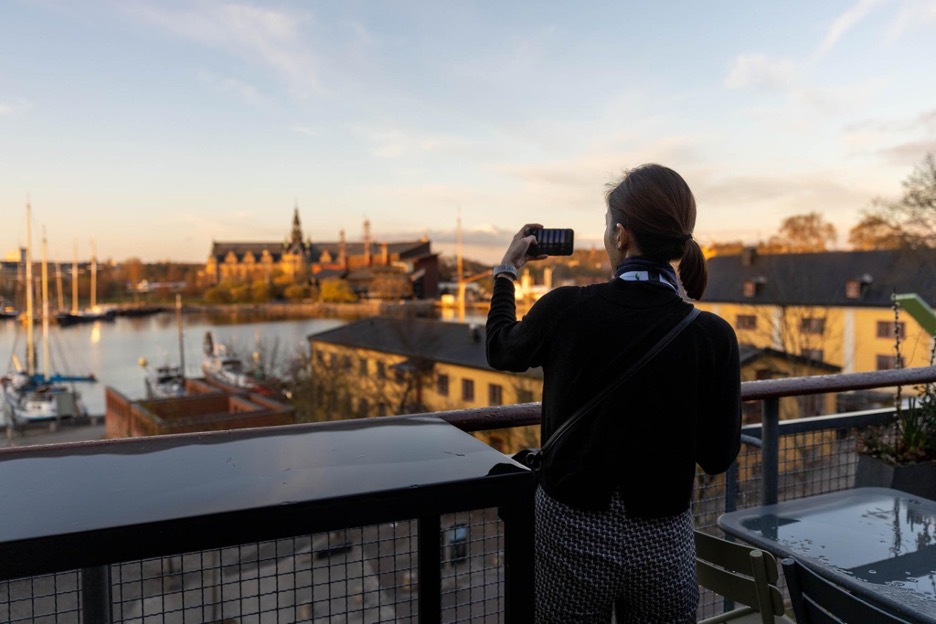
2. 9th World Summit on Arts & Culture, Stockholm 2023 © Susanne Kronholm
What can we do as cultural professionals and policymakers?
1. More data, research needed for long-term solutions. The cultural sector needs data and evidence to better understand why censorship takes place, back up claims, and craft strategies for long-term solutions. However, this information is not always available. Writer and editor, Kathy Rowland from Singapore, raised a very important point, particularly from a Southeast Asian context, that not enough is known about the extent, patterns and impact of censorship on artists.
Data from international organisations such as Index on Censorship and PEN International provide valuable resources, but we cannot rely solely on them. Watchdogs need to utilise monitoring tools, conduct systematic research and develop frameworks that consider local contexts. ArtsEquator Singapore has its own initiative to create a Southeast Asian Arts Censorship Database, to be formally launched in September 2023. They have so far gathered valuable insights on how artists are resisting, fighting back or protecting themselves from threats and censorship.
2. More inclusive practices, context-based standards for artistic quality. The summit highlighted the necessity for artists to be consulted, protected, and recognised for their contributions to society. Indigenous scholar Liisa-Rávná Finbog urged the need for cultural institutions to ‘de-center’ perspectives by re-thinking Western standards for good art and collaborating with marginalised groups in all parts of cultural work – from policy work, general decision-making to implementation. Marc Bamuthi Joseph of the Kennedy Center expressed the need for more artists to be recognised as cultural leaders and be invited in more corporate boards.
3. Safeguarding freedom through a rights-based approach. Without livelihood, agency or power, are artists really free to express themselves? Speaking from an African context, policymaker, Vicensia Shule, from Tanzania argued that artistic freedom is not a standalone issue but an essential aspect of thriving creative economies and democratic societies. She stressed that artistic freedom is a right, and therefore we need policies to ensure that artists primarily have access to basic human rights.
This includes offering programmes that provide decent work and improve the social benefits of artists, especially of those coming from difficult conditions like war or forced migration. This also involves provisions advocating for fair remuneration and the protection of Intellectual Property. When it comes to implementation, UN Special Rapporteur for cultural rights, Alexandra Xanthaki, stressed the importance not just of international laws but of civil society engagement.
Amidst all the issues faced by artists and the cultural sector today, the summit provided a necessary space for reflection and collective courage greatly needed to take on the many challenges of the present and the future.
Cover Image: 9th World Summit on Arts & Culture, Stockholm 2023 © Photo: Susanne Kronholm
Special thank you to Kai Brennert, Founder of edge and story.
Want to hear more insights from Stockholm? You can watch the interviews with UNESCO Assistant Director for Culture, Ernesto Ottone Ramirez and Artist-activist, Katrina Stuart Santiago on our YouTube channel here:
Interview with UNESCO Assistant Director for Culture, Ernesto Ottone Ramirez
Interview with Artist-activist, Katrina Stuart Santiago
About the Author
Malaya del Rosario is passionate about culture-led sustainable development. She is a programme manager and art specialist with 15 years of international experience in business development, communications and research. She has managed large-scale, multi-country programmes and exhibitions in Southeast Asia, Europe and the UK. As Head of Arts at the British Council in the Philippines for 6 years, she developed high-impact, institutional partnerships on capacity-building, creative production and cultural policy work.
Similar content
deadline
22 Aug 2021
from - to
03 May 2023 - 05 May 2023
By Kerrine Goh
08 Mar 2012
from - to
25 Oct 2012 - 26 Oct 2012
posted on
17 Feb 2022
from - to
09 Dec 2011 - 11 Dec 2011



